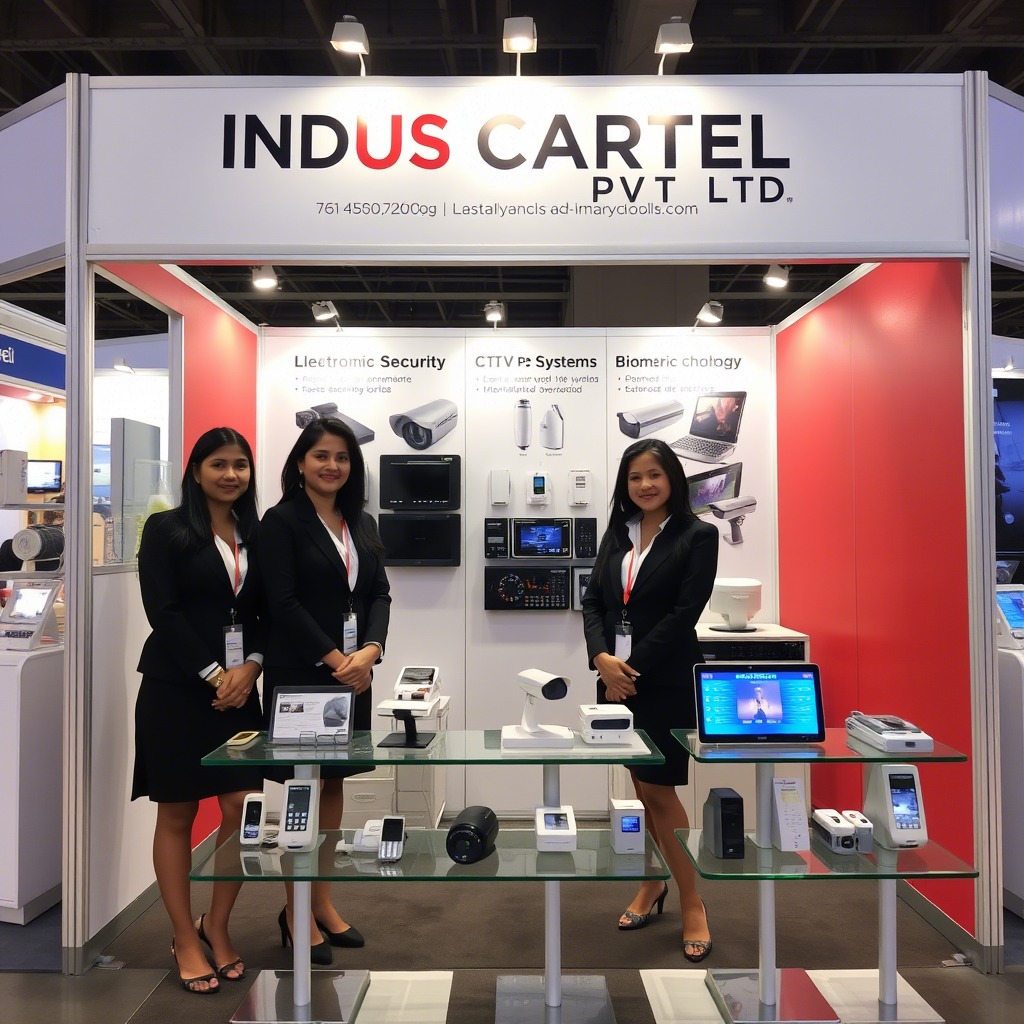
Radiation-Resistant Cameras and Housings are a critical component in ensuring the safety and security of surveillance systems in radiation-prone environments. These specialized enclosures protect cameras and electronic devices from ionizing radiation, making them indispensable in various industries. With the ever-increasing demand for reliable surveillance, the importance of radiation-resistant solutions cannot be overstated.
Global and Indian Applications:
- Nuclear Power Plants: Globally and in India, nuclear power plants are key users of radiation-resistant cameras and housings. These facilities require constant monitoring, and the harsh radiation environment demands robust surveillance systems to ensure safety and operational efficiency.
- Medical Facilities: In the medical sector, radiation-resistant cameras are essential for imaging and diagnostic purposes. Indian hospitals and research centers heavily rely on these cameras for their radiation-rich environments, especially in oncology and nuclear medicine departments.
- Industrial Settings: Industries such as mining, oil and gas, and manufacturing often face radiation exposure challenges. Radiation-resistant cameras and housings are vital for monitoring and safety purposes, ensuring the well-being of workers and the integrity of operations.
Design and Materials: A Focus on Innovation
Material Selection:
- Metal Housings: Lead and aluminum alloys are commonly used for their exceptional shielding properties. Lead, with its high density, provides effective protection against X-rays and gamma radiation, making it ideal for critical applications. Aluminum alloys offer lightweight and corrosion-resistant solutions, enhancing portability and durability.
- Composite Materials: The use of composite materials, such as metal/polymer composites, is an innovative approach. These composites combine the benefits of metals and polymers, resulting in lightweight, flexible, and durable housings. They provide effective radiation attenuation while maintaining structural integrity.
Housing Configuration and Assembly:
The design of radiation-resistant CCTV housings involves meticulous planning. Key considerations include housing configuration, assembly techniques, and material selection. These factors ensure optimal radiation protection while maintaining the functionality and longevity of the security systems.
Looking forward, the integration of advanced technologies and materials will drive the development of radiation-resistant CCTV housing. Public-private partnerships and updated regulations will play a crucial role in fostering innovation. As the demand for these specialized solutions grows globally, India can leverage its expertise and resources to become a leader in providing cutting-edge surveillance solutions for radiation-exposed environments.
Radiation-resistant cameras and housings are essential tools for maintaining safety and security in radiation-prone areas. With a focus on innovation and collaboration, the industry can address the challenges posed by radiation exposure, ensuring the reliability and effectiveness of surveillance systems. As India continues to invest in its nuclear and medical sectors, the demand for these specialized solutions will only increase, making it a key player in this global market





